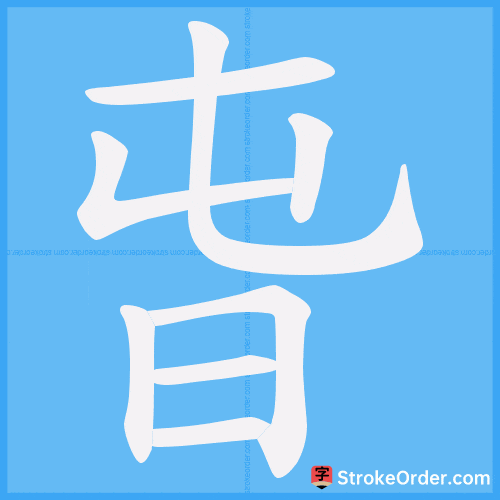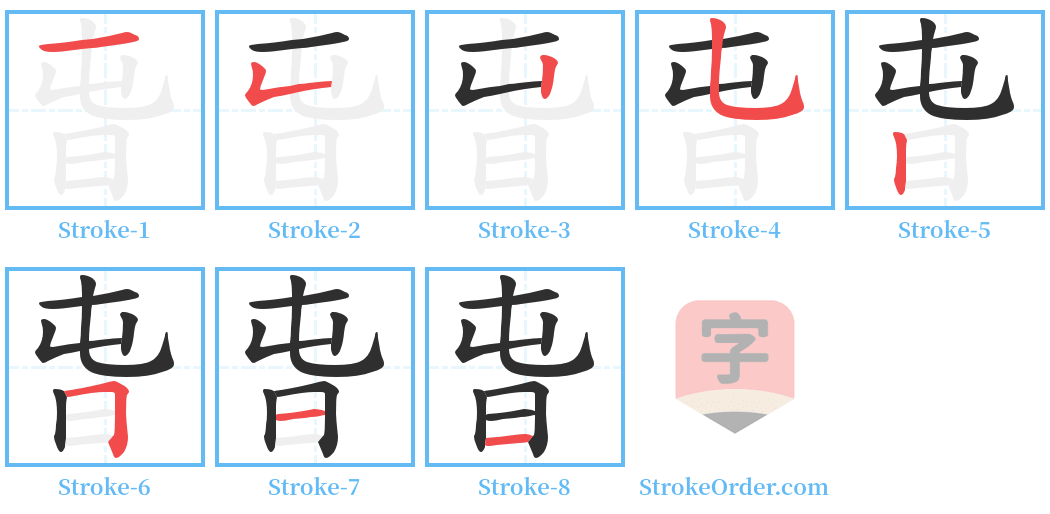旾 Stroke Order
Animated Stroke Order of 旾

Stroke Order Diagrams for 旾

Information of 旾
Pinyin
chūn
Radical
日
Strokes
8 strokes
Usage
★★
Definition
旾:
1. Same as "春" (spring).
(This character is an ideogram. Its ancient form denotes the growth of grass and trees in spring. The character "屯" in the middle suggests grass and trees breaking through the soil, with the swollen part representing a bud that has just emerged from the earth, indicating the growth of all trees in spring. "屯" also serves as a phonetic component. In the small seal script, after its evolution, aside from the "日" (sun), other components are no longer recognizable. The original meaning is spring, which is the first season of the year.)
Same as the original meaning, spring, which signifies growth. It derives from "艸" (grass) and "屯," linked with the sun. The character suggests the spring season when grass grows. It’s an ideogram where "屯" also serves as a phonetic element... In contemporary usage, it has transformed into the character for spring, which can also be written as 芚. — (from "Shuowen Jiezi")